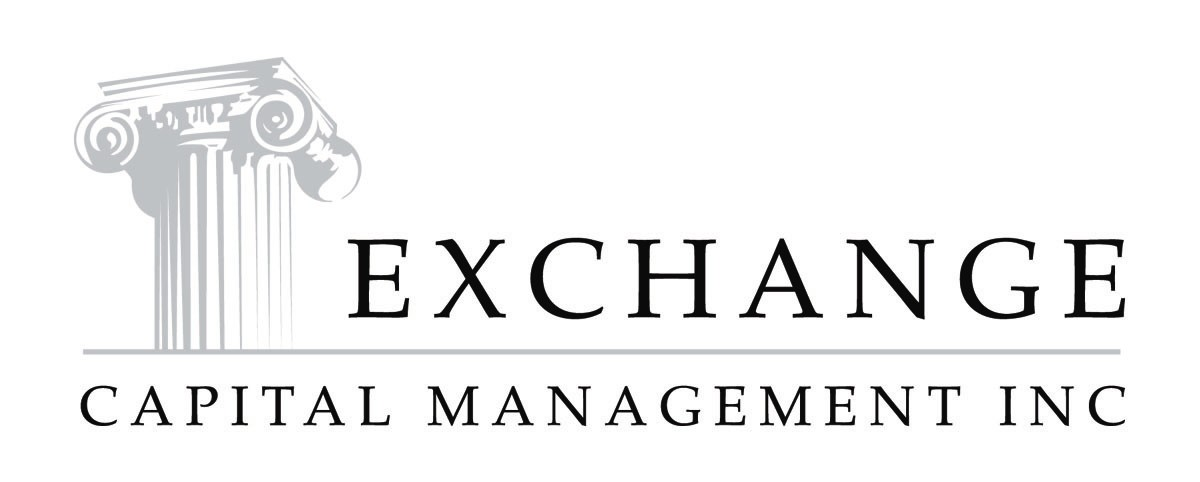How to Survive Low Bond Yields in Retirement
%20-%20PNG%20-%2012-8-2020.png?width=1600&name=Image%20-%20Blog%20Image%20-%20Andy%20-%20Non-Profit%20is%20a%20Tax%20Status%2c%20Not%20a%20Golden%20Halo%20-%20Downturn%20(Color)%20-%20PNG%20-%2012-8-2020.png) This might come as a surprise to you, but stocks don't always go up. While long-term equity investors who can tolerate the stock market roller coaster can expect to build the largest portfolios over the decades, it is common for those transitioning to retirement to decide to trade away some of those future gains for some stability.
This might come as a surprise to you, but stocks don't always go up. While long-term equity investors who can tolerate the stock market roller coaster can expect to build the largest portfolios over the decades, it is common for those transitioning to retirement to decide to trade away some of those future gains for some stability.
For a long time, investors have used bonds for this stability. While bonds still have risks, such as interest rate and default risk, these are diversifiers against stock market risk. The returns provided by bonds are expected to be different than stocks:
- Lower over the long-term
- More stable and predictable
- When there is variability, it often happens in different ways and at different times than the volatility in the stock market
The last four decades, especially after a global pandemic, have brought interest rates down to a level where the forward-looking income provided by bonds available for purchase is quite low. Not only are short-term low-risk interest rates low, but even ten year bonds from companies with some credit risk are paying yields that would make your parents incredulous.
.png?width=797&name=Interest%20Rates%20in%20the%20Bond%20Market%20(1).png)
Bonds are still expected to bring the benefits of stability against a stock portfolio, but the cost of that stability has gone up.
Is a retiree's only choice between stocks and bonds?
Or are there other investible assets available that can also act as a ballast for a stock portfolio while not costing quite as much in forgone returns? Furthermore, are the risks associated with these potential assets similar to or different from the risks embedded in stocks and bonds?
These aren't new questions, in fact I've written about them before, but the truth is, not many options exist for typical investors (if only your retirement account was the Yale endowment!). To make matters worse, many of the products sold on CNBC commercials, with the promise of providing stable income, are simply repackaged versions of stocks and bonds with a bunch of hidden fees.
One possibility is real estate
This is a huge asset class with many different flavors, ranging from your house (not an income generating asset unless you charge rent to your guests) to public Real Estate Investment Trusts (REITs), which are actually stocks and behave as such. The type of real estate that has done well for the endowments of the world for decades, but has been largely uninvestable for us humans, is commercial real estate.
Very large institutional investors have bought (or built) commercial buildings (e.g. apartments, data centers, hotels, shipping warehouses) that are expected to pay income through rent and, with some care, likely be worth more in the future as the economy grows over the long-term. They often outsource the work to a fund that specializes in real estate investing, pooling their capital with other qualified purchasers, allowing for more properties and greater diversification in the investment.
If that feels impossible to do with the 401k you've built up and are about to retire with, I don't blame you. Even if you had enough money to meet the regulatory rules for investing in these funds, the minimum investment requirement at just one of the funds is probably more than your entire net-worth. Developments over the past decade, though, have begun to bridge the gap between traditional investors and this institutional asset class.
Why real estate and why now?
Ask my colleagues: I spend time reading, thinking, and annoying them with historical and theoretical ideas all the time. It's good for them as they're studying for their professional exams, and I'm a nerd who finds research and thought experiments fascinating. The search will always continue for what could make a portfolio better. I'm talking about real estate today, because the research has moved beyond the theory and is now focused on an implementable investment in this particular asset class. The days of multi-million dollar minimums to invest in institutional commercial real estate are over.

|
Andrew Stewart, CFA, CAIA is Chief Investment Officer and Partner at Exchange Capital Management, a fee-only, fiduciary financial planning firm. The opinions expressed in this article are his own.
Comments
Market Knowledge
Read the Blog
Gather insight from some of the industry's top thought leaders on Exchange Capital's team.
Exchange Capital Management, Inc.
110 Miller Ave. First Floor
Ann Arbor, MI 48104
(734) 761-6500
info@exchangecapital.com



